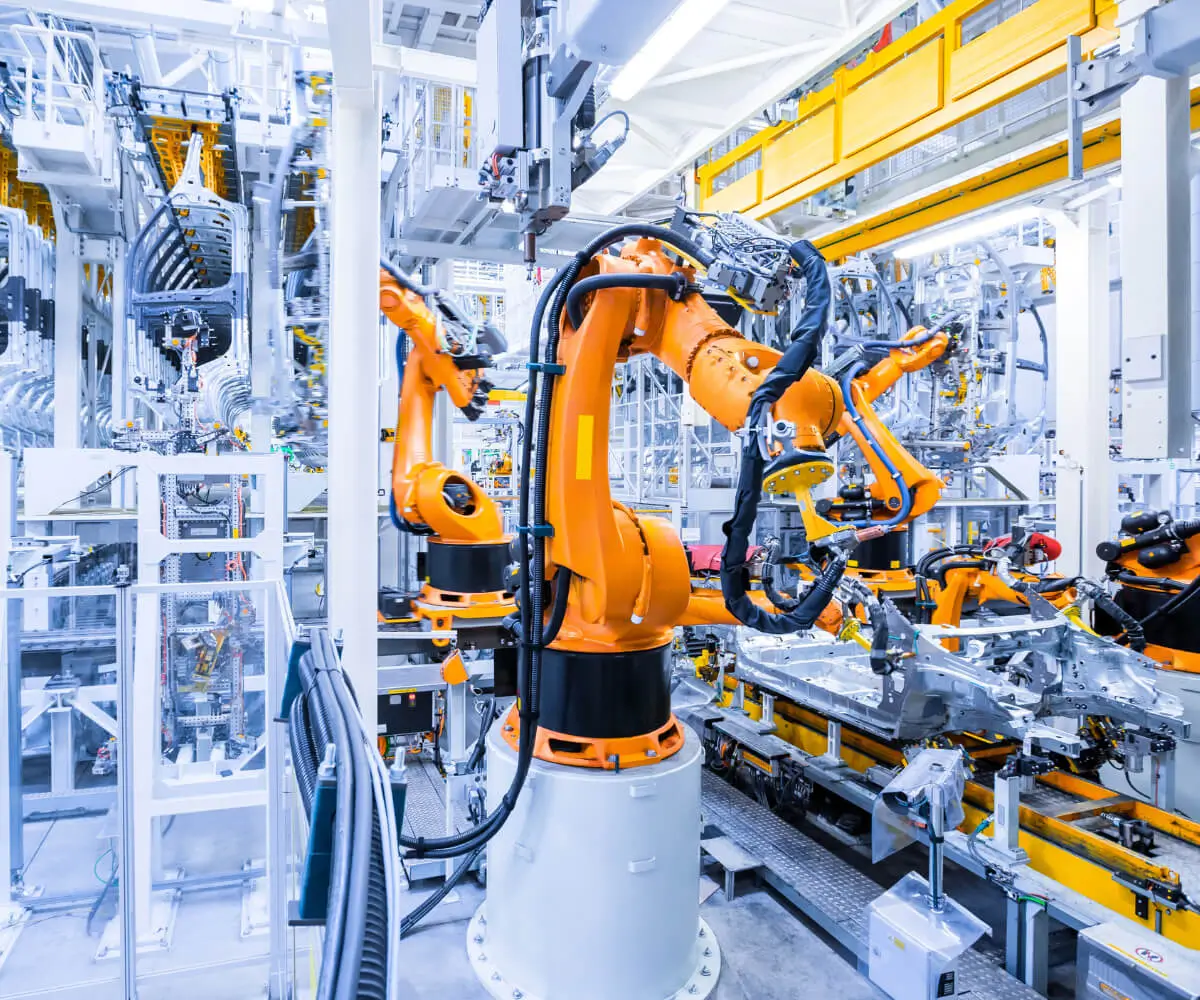In the fast-evolving landscape of industrial automation and robotics, precision and reliability are the twin pillars that define success. Among the technological innovations that have significantly advanced these fields, the brushless servo motor stands out as a game-changer. Its emergence on the scene signals a move towards more efficient, durable, and precise control systems—integral components for modern machinery, autonomous vehicles, manufacturing, and even aerospace sectors.

The Rise of Brushless Servo Motors: A Revolution in Motion
Traditional servo motors, often brushed DC motors, have long been favored for their simplicity and cost-effectiveness. However, their maintenance needs and limitations in speed, torque, and lifespan have prompted engineers and designers to seek better alternatives. Enter the brushless servo motor, also known as a BLDC (Brushless DC) servo motor, which has been gaining prominence due to its remarkable performance characteristics.
Brushless servo motors are distinguished primarily by their absence of brushes and commutators—components that in brushed motors are responsible for conducting current and reversing magnetic fields to produce motion. Removing these parts not only eliminates mechanical wear but also opens the door to enhanced performance metrics such as higher efficiency, smoother operation, and greater lifespan.
Core Advantages of Brushless Servo Motors
1. Increased Efficiency: Without brushes creating friction and electrical resistance, BLDC motors operate with less heat generation and energy loss. This translates into better energy utilization, lower operational costs, and extended service life. This efficiency is crucial in industries where energy consumption directly influences profitability and sustainability.
2. Superior Precision and Control: Brushless servo motors are often paired with sophisticated electronic controls that enable extremely accurate position and speed regulation. This makes them indispensable in applications like CNC machining, robotics, and aerospace systems, where micro-level accuracy can mean the difference between success and failure.
3. Enhanced Durability and Reduced Maintenance: The absence of brushes means fewer parts subject to wear and tear. As a result, BLDC motors have longer service intervals and lower maintenance costs. Especially in hard-to-access environments, their reliability becomes a vital advantage. Plus, advancements in bearing technologies and sealed designs further bolster durability.
4. Higher Power Density: Through clever design and material use, brushless motors can pack more power into a smaller form factor. This compactness without sacrificing performance is ideal for applications with space constraints like drones, medical instruments, and portable devices.
5. Quiet Operation: Frictionless operation contributes to reduced noise levels—a significant factor in personal devices, medical equipment, or precision manufacturing settings where noise can be disruptive or indicate mechanical issues.
How Brushless Servo Motors Work
Understanding the fundamental operation of these motors clarifies why they excel in so many applications. At their core, brushless servo motors rely on electronically controlling the flow of current through stator windings to generate rotating magnetic fields. These fields interact with permanent magnets attached to the rotor, producing torque and rotational motion.
An electronic controller, often integrated with sophisticated sensors like encoders or Hall-effect devices, constantly monitors rotor position and adjusts the current in the windings accordingly. This closed-loop control guarantees precise positioning and speed regulation—qualities that are indispensable for high-precision industrial tasks.
The Components That Power Precision
Key components of a brushless servo system include:
Stator: Contains the windings through which current flows to create magnetic fields. Rotor: Equipped with permanent magnets that interact with the stator's magnetic fields. Controller: The brain that processes sensor input and adjusts current to achieve desired motion profiles. Feedback Devices: Encoders or resolvers providing real-time rotational position data for precise control.
As technological advances enable miniaturization and integration, these motors are becoming more accessible and customizable, opening opportunities across diverse sectors from automation and manufacturing to consumer electronics.
Real-World Impact and Applications
From robotic arms in automotive assembly lines to high-precision telescope positioning systems, the versatility of brushless servo motors continues to impress. Their ability to deliver consistent torque, rapid acceleration, and precise positioning under demanding conditions makes them the backbone of modern automation.
In aerospace, for example, their reliability and efficiency are vital in controlling flight surfaces or deploying satellite instruments. In medical fields, they power devices that require smooth, accurate motion—like surgical robots and imaging systems—where failure is not an option.
As industries push toward smarter, more connected systems, the role of brushless servo motors only intensifies, promising to bring about innovations that were once considered beyond reach.
Once you're ready, I can generate the second part, wrapping up the discussion with emerging trends, future outlooks, and deeper insights into the technological evolution of brushless servo motors. Would you like to proceed?
Leveraging innovations in modular drive technology, Kpower integrates high-performance motors, precision reducers, and multi-protocol control systems to provide efficient and customized smart drive system solutions.




































